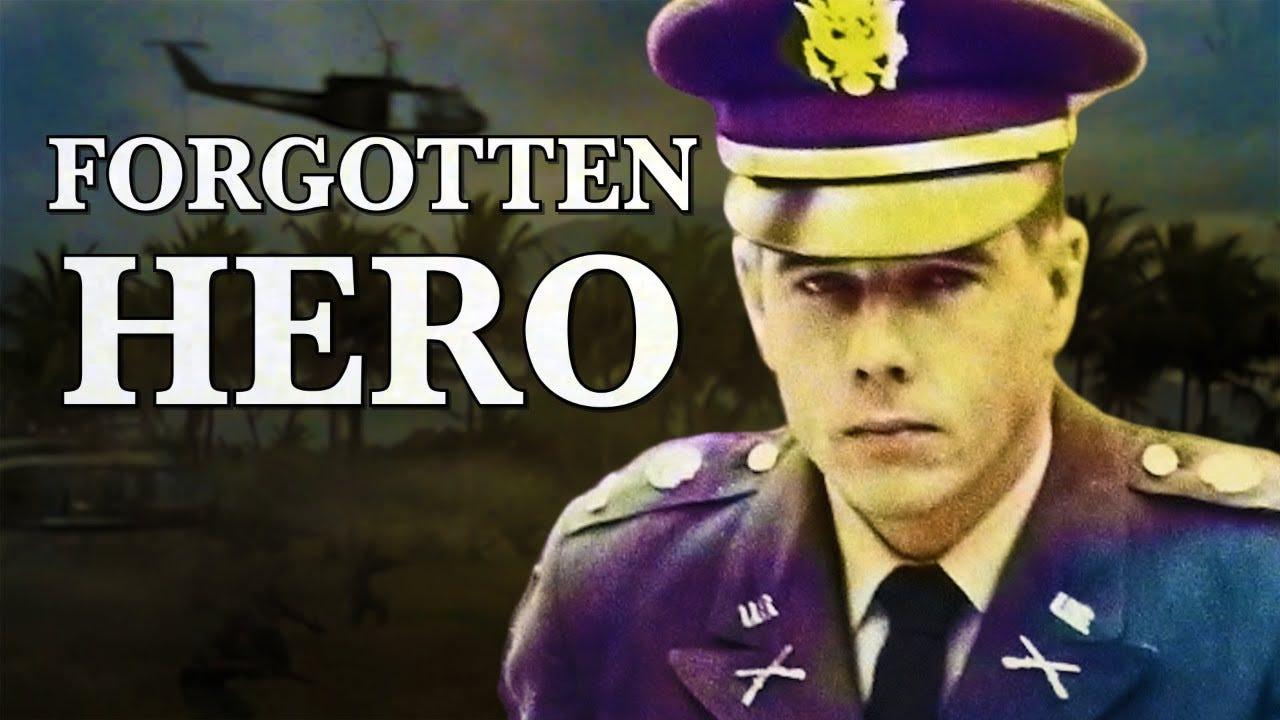My Lai, ‘Killing Ideology’ & Disobeying Orders: 55 Years Ago Today

All Global Research articles can be read in 51 languages by activating the Translate Website button below the author’s name.
To receive Global Research’s Daily Newsletter (selected articles), click here.
Follow us on Instagram and Twitter and subscribe to our Telegram Channel. Feel free to repost and share widely Global Research articles.
***
“We weren’t there to kill human beings, really. We were there to kill ideology.” (Lt. William Calley)
Officially termed an “incident” (as opposed to a “massacre”), the events of March 16, 1968, at My Lai — a hamlet in South Vietnam — are widely portrayed and accepted to this day as an aberration. While the catalog of U.S. war crimes in Southeast Asia is far too sordid and lengthy to detail here, it’s painfully clear this was not the case.
In fact, on the very same day that Lt. William Calley entered into infamy, another U.S. company entered My Khe, a sister sub hamlet of My Lai. That visit has been described as such:
“In this ‘other massacre,’ members of this separate company piled up a body count of perhaps a hundred peasants — My Khe was smaller than My Lai — ’flattened the village’ by dynamite and fire, and then threw handfuls of straw on corpses. The next morning, this company moved on down the Batangan Peninsula by the South China Sea, burning every hamlet they came to, killing water buffalo, pigs, chickens, and ducks, and destroying crops. As one of the My Khe veterans said later, ‘what we were doing was being done all over.’ Said another: ‘We were out there having a good time. It was sort of like being in a shooting gallery.’”
Colonel Oran Henderson, charged with covering up the My Lai killings, put it succinctly in 1971: “Every unit of brigade size has its My Lai hidden someplace.”
Of the 26 U.S. soldiers brought up on charges related to My Lai, only Calley was convicted. However, his life sentence was later reduced to three and a half years under house arrest.
Never forget, my friends: This is what we’re up against.

But let’s also never forget the actions of a man named Hugh Thompson.
Hugh Clowers Thompson, Jr. wanted to fly choppers so badly that after a four-year stint in the Navy, he left his wife and two sons behind to re-up into the Army and train as a helicopter pilot. Thompson arrived in Vietnam on December 27, 1967, and quickly earned a reputation as “an exceptional pilot who took danger in his stride.”
In their book, Four Hours at My Lai, Michael Bilton and Kevin Sim also describe Hugh Thompson as a “very moral man. He was absolutely strict about opening fire only on clearly defined targets.”
On the morning of March 16, 1968, Thompson’s sense of virtue would be put to the test.
Flying in his H-23 observation chopper, the 25-year-old Thompson used green smoke to mark wounded people on the ground in and around My Lai. Upon returning a short while later after refueling, he found that the wounded he saw earlier were now dead.
Thompson’s gunner, Lawrence Colburn, averted his gaze from the gruesome sight.
After bringing the chopper down to a standstill hover, Thompson and his crew came upon a young woman they had previously marked with smoke. As they watched, a U.S. soldier, wearing captain’s bars, “prodded her with his foot, and then killed her.”
What Thompson didn’t know was that by that point, Lt. Calley’s Charlie Company had already slaughtered more than 560 Vietnamese—primarily women, children, infants, and elderly people. Many of the women had been gang-raped and mutilated.

All Thompson knew for sure was that the U.S. troops he saw pursuing civilians had to be stopped.
Bravely landing his helicopter between the charging GIs and the fleeing villagers, Thompson ordered Colburn to turn his machine gun on the American soldiers if they tried to shoot the unarmed men, women, and children.
Thompson then stepped out of the chopper into the combat zone and coaxed the frightened civilians from the bunker they were hiding in.
With tears streaming down his face, he evacuated them to safety on his H-23.
Never forget, my friends: This is how we can choose to live.
*
Note to readers: Please click the share buttons above. Follow us on Instagram and Twitter and subscribe to our Telegram Channel. Feel free to repost and share widely Global Research articles.
All images in this article are from Post-Woke

